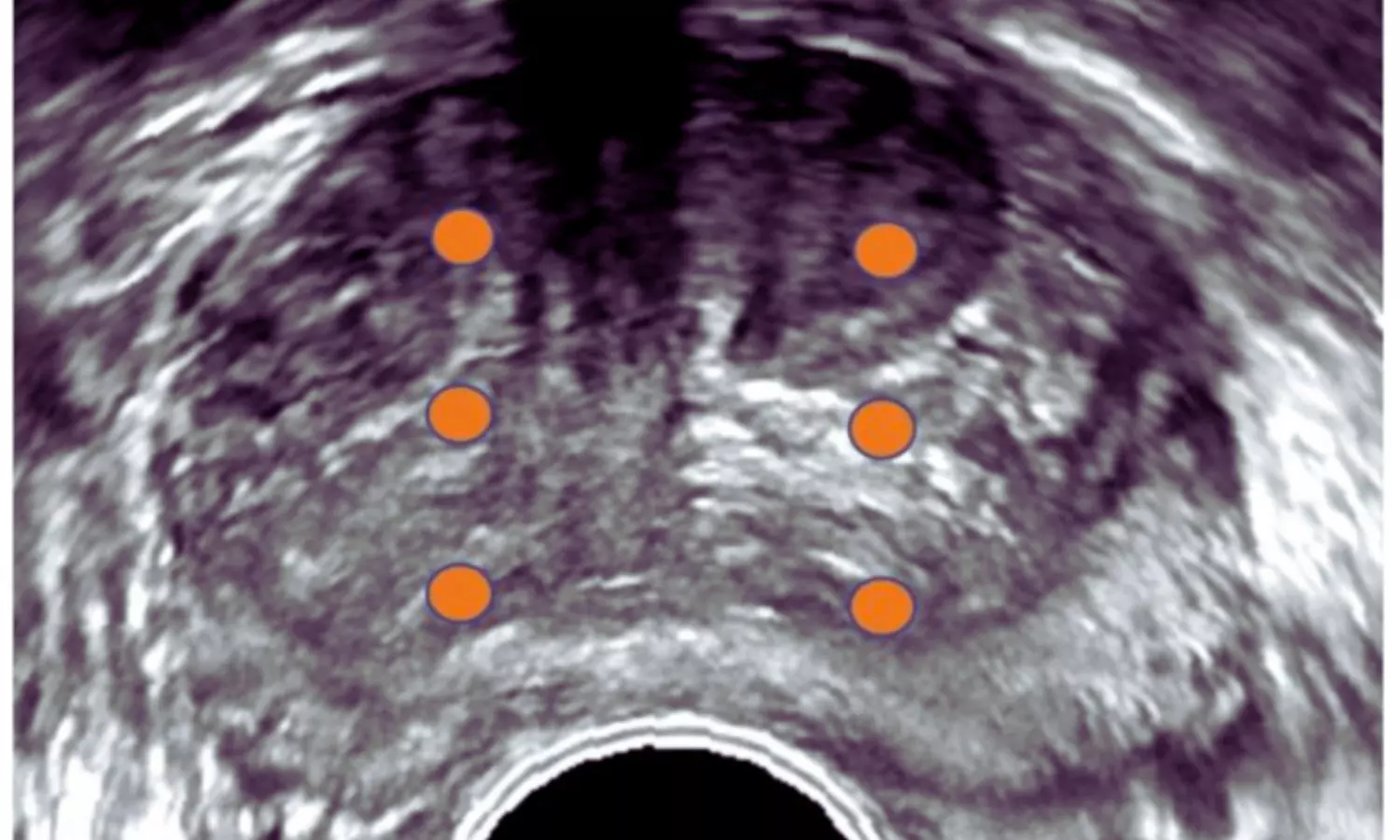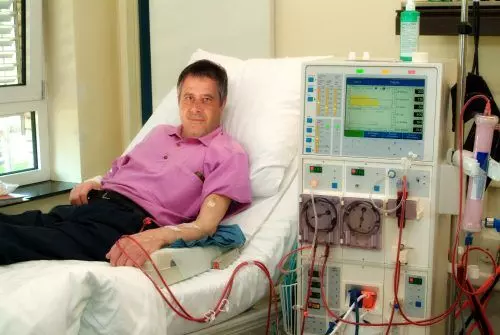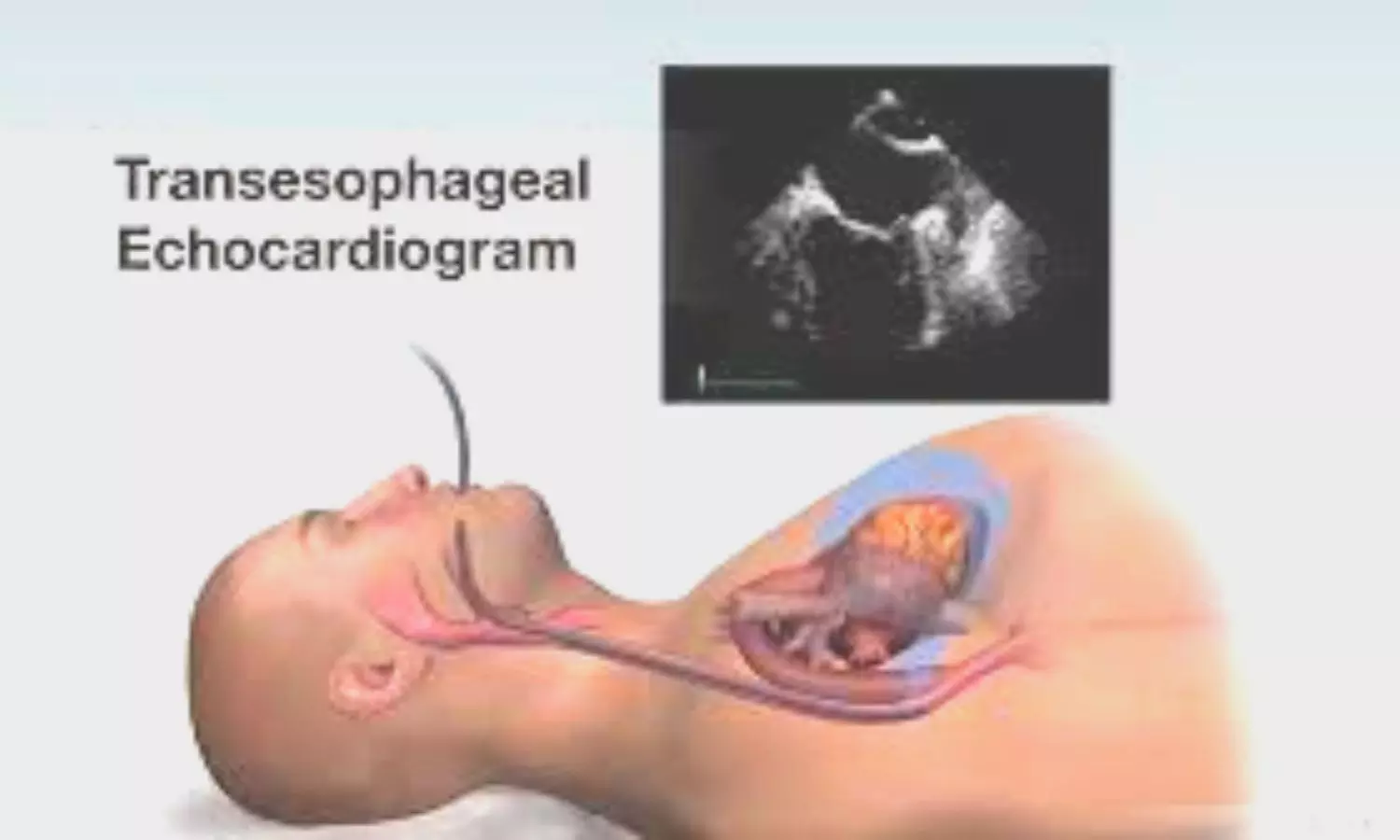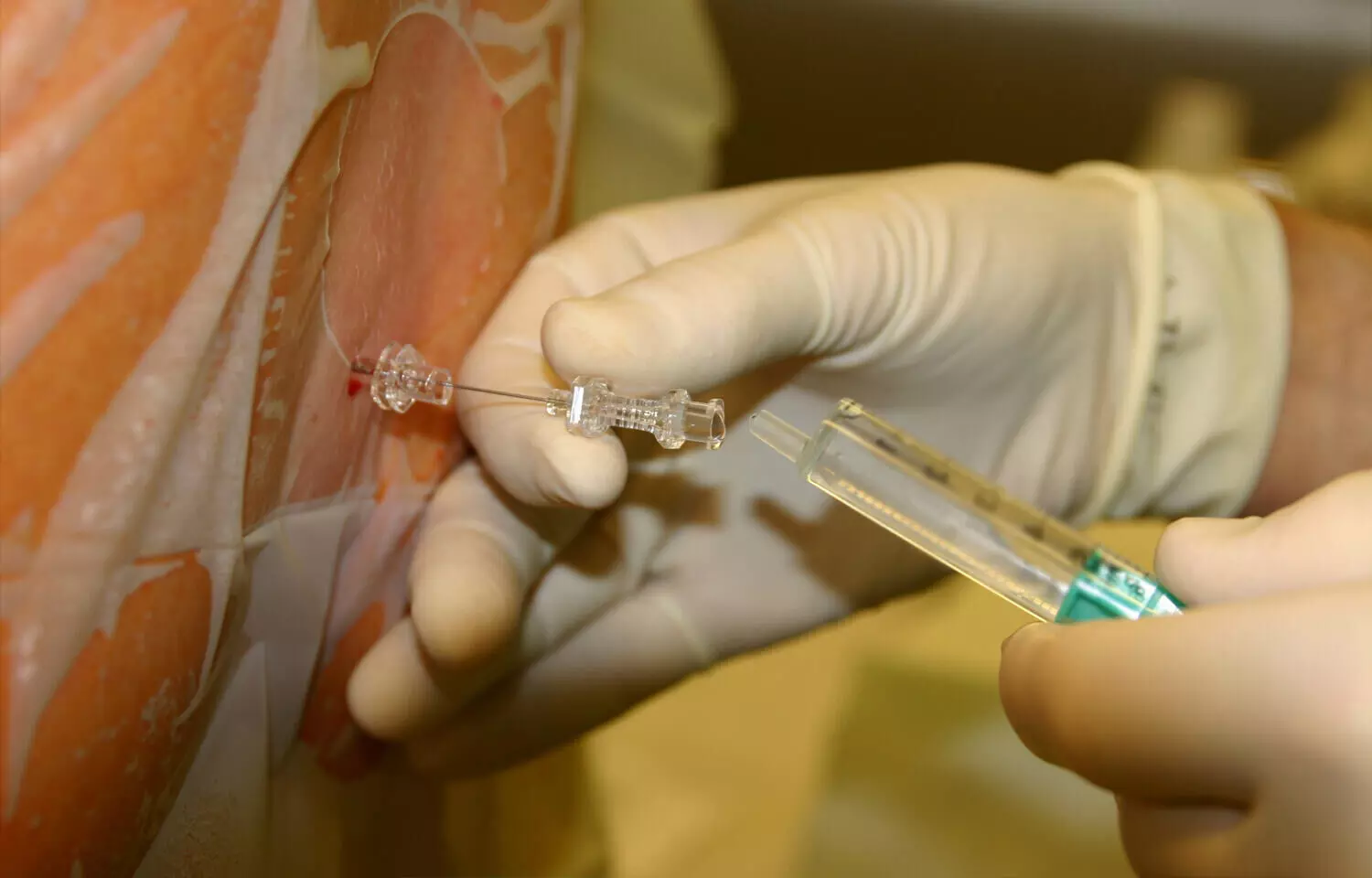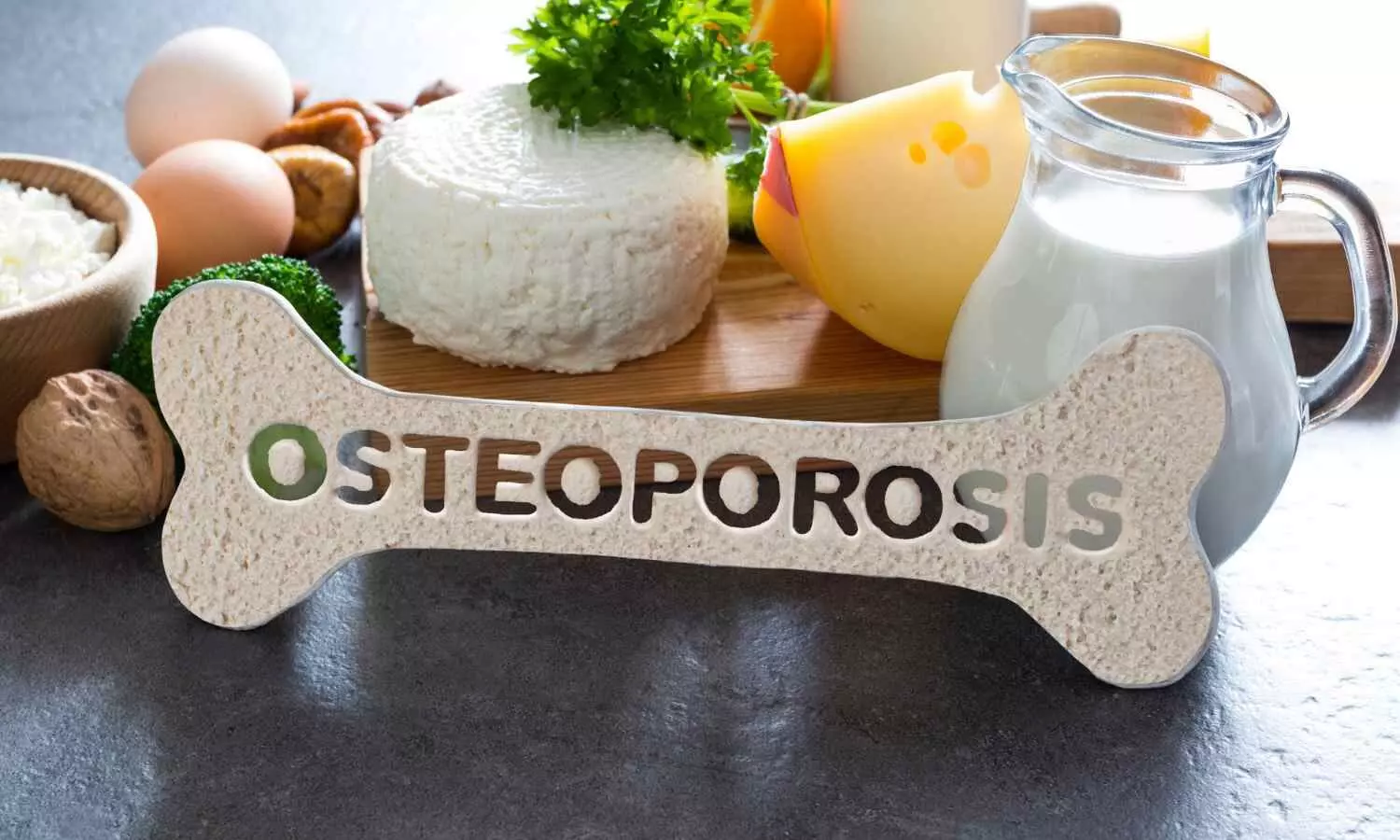Statin use may improve survival in patients with some blood cancers: Study

Patients with chronic lymphocytic leukemia (CLL) or small lymphocytic lymphoma (SLL) who were taking cholesterol-lowering statin medications at the start of their cancer treatment had a 61% lower risk of dying from their cancer compared to similar patients who were not taking statins, according to a study published today in the journal Blood Advances.
“This is the first systematic evaluation of the association of statin use with survival outcomes in patients with CLL or SLL who have been treated with contemporary targeted agents such as ibrutinib,” said the study’s principal investigator, Ahmad Abuhelwa, PhD, an assistant professor of pharmacy practice and pharmacotherapeutics at the University of Sharjah in the United Arab Emirates. “Our results highlight a strong link between statin use and improved survival in this patient population.”
CLL is a slow-growing cancer that starts in the blood-forming cells of the bone marrow and is the most common form of leukemia in adults in the United States. SLL, also a slow-growing cancer, affects the same type of cells as CLL but starts in lymphoid tissues such as the spleen instead of in the blood-forming cells.
Statins are among the most widely prescribed medications. It’s estimated that over 90 million adults in the United States take a statin drug to reduce their cholesterol levels and lower their risk for heart disease, which can lead to heart attacks or strokes. Previous studies have linked statin use to reduced death rates from several cancers, including CLL, said Dr. Abuhelwa. However, those studies did not evaluate the effects of statin use in patients who were treated with newer cancer therapies such as the targeted drug ibrutinib, he said.
In the current study, Dr. Abuhelwa and his colleagues analyzed data from 1,467 patients with CLL or SLL who participated in four international clinical trials conducted between 2012 and 2019. In these trials, patients were randomly assigned to treatment with ibrutinib either alone or in combination with other anti-cancer drugs, or to a drug regimen that did not include ibrutinib. A total of 424 patients (29%) were taking a statin at the time they started treatment across the four clinical trials. The median patient age was 65, and 66% were men; 92% had CLL, which was either newly diagnosed, had come back, or had not responded to prior treatment.
The study’s primary endpoints were cancer-specific survival (how long patients lived after starting treatment before dying specifically from their cancer), overall survival (how long patients lived after starting treatment, regardless of the cause of death), and progression-free survival (how long patients lived after starting treatment before their cancer worsened or they died from any cause). The secondary endpoint was the proportion of patients who experienced severe or life-threatening adverse events. The median follow-up time for all patients enrolled in the four trials was five years for overall survival and 22 months for progression-free survival.
To account for potential confounding factors, the investigators adjusted their analysis for variables including each patient’s diagnosis, age, sex, weight, physical functioning (as assessed by doctors), disease severity, length of time since their diagnosis, number of co-existing illnesses, use of other medications for heart conditions or high blood pressure, and the specific anti-cancer treatment regimen received.
Results showed that, regardless of any of these factors, patients who took a statin had, on average, a 61% reduced risk of dying from their cancer, a 38% reduced risk of death from any cause, and a 26% reduced risk of disease progression. Importantly, statin use did not increase the likelihood of severe or life-threatening adverse events.
“These findings don’t allow us to say for certain that statins directly improve cancer outcomes,” said Dr. Abuhelwa. “However, the fact that this association remained strong even after accounting for multiple factors makes it an important area for future research.” As next steps, he recommended conducting laboratory studies to better understand how statins may influence cancer biology, as well as prospective clinical trials in which patients with CLL or SLL are randomly assigned to take a statin or not.
The study has several limitations given its observational nature. For example, patients enrolled in clinical trials tend to be monitored more closely than those who receive treatment outside of a clinical trial, so the study findings may not be generalizable to patients treated in non-clinical trial settings. Additionally, because patients used various statins at different doses, the study could not determine the effects of specific statin types, doses, or duration of use on patients’ survival.
“While our results are very promising, we can’t recommend starting statins for CLL/SLL treatment based on this study alone,” Dr. Abuhelwa said. “Future clinical trials are needed to determine definitively whether statins have a direct benefit on cancer survival.”
Reference:
Ahmad Y Abuhelwa, Sara A Almansour, Jennifer R. Brown, Humaid O Al-Shamsi, Ziad Abuhelwa, Zelal Kharaba, Yasser Bustanji, Mohammad H Semreen, Salma M. Ali, Ahmad Alhuraiji, Ross A McKinnon, Michael J Sorich, Karem H Alzoubi, Ashley M Hopkins, Statin use and survival in SLL/CLL treated with ibrutinib: Pooled analysis of four randomized controlled trials, Blood Advances, https://doi.org/10.1182/bloodadvances.2024015287
Powered by WPeMatico


